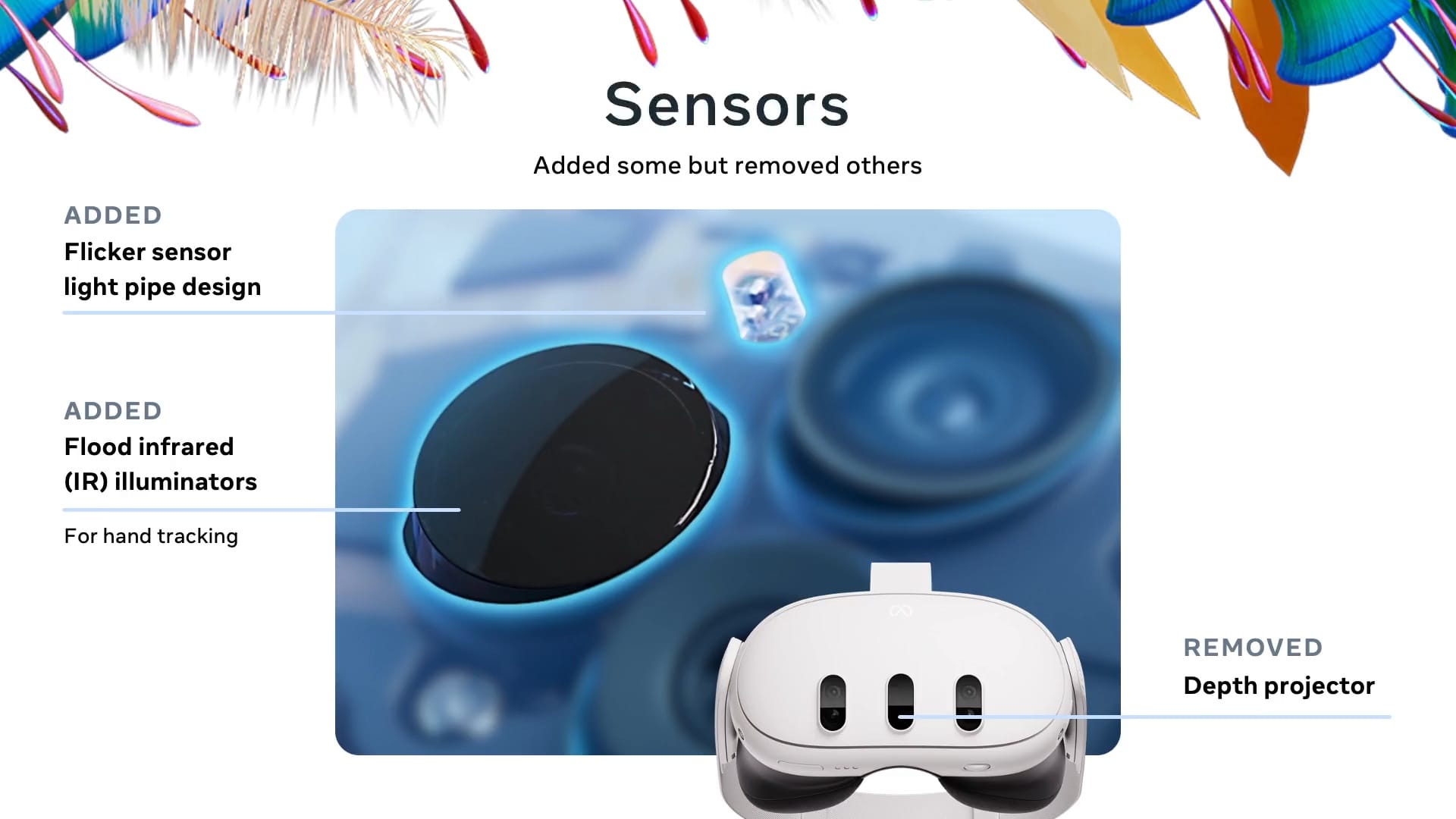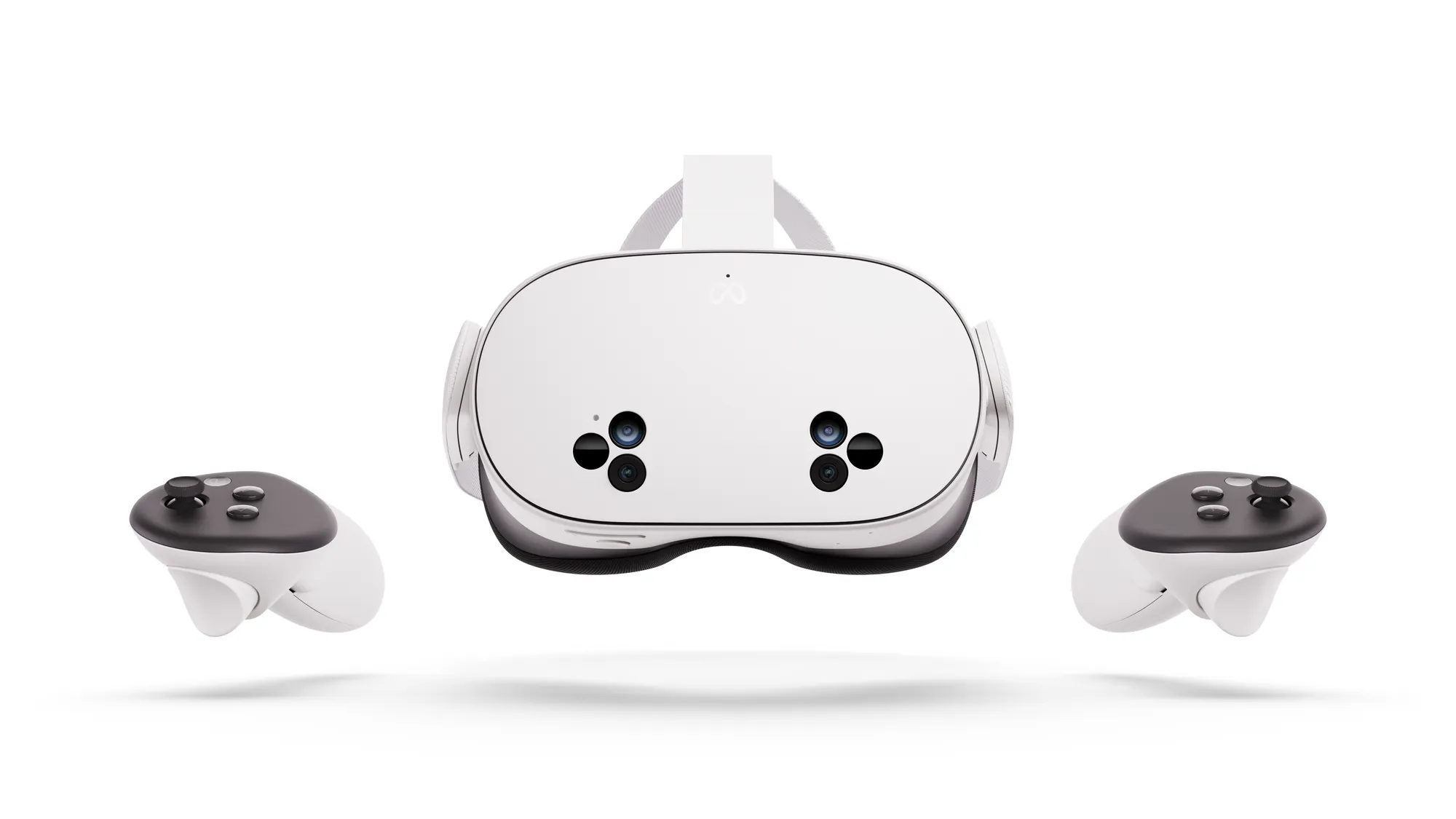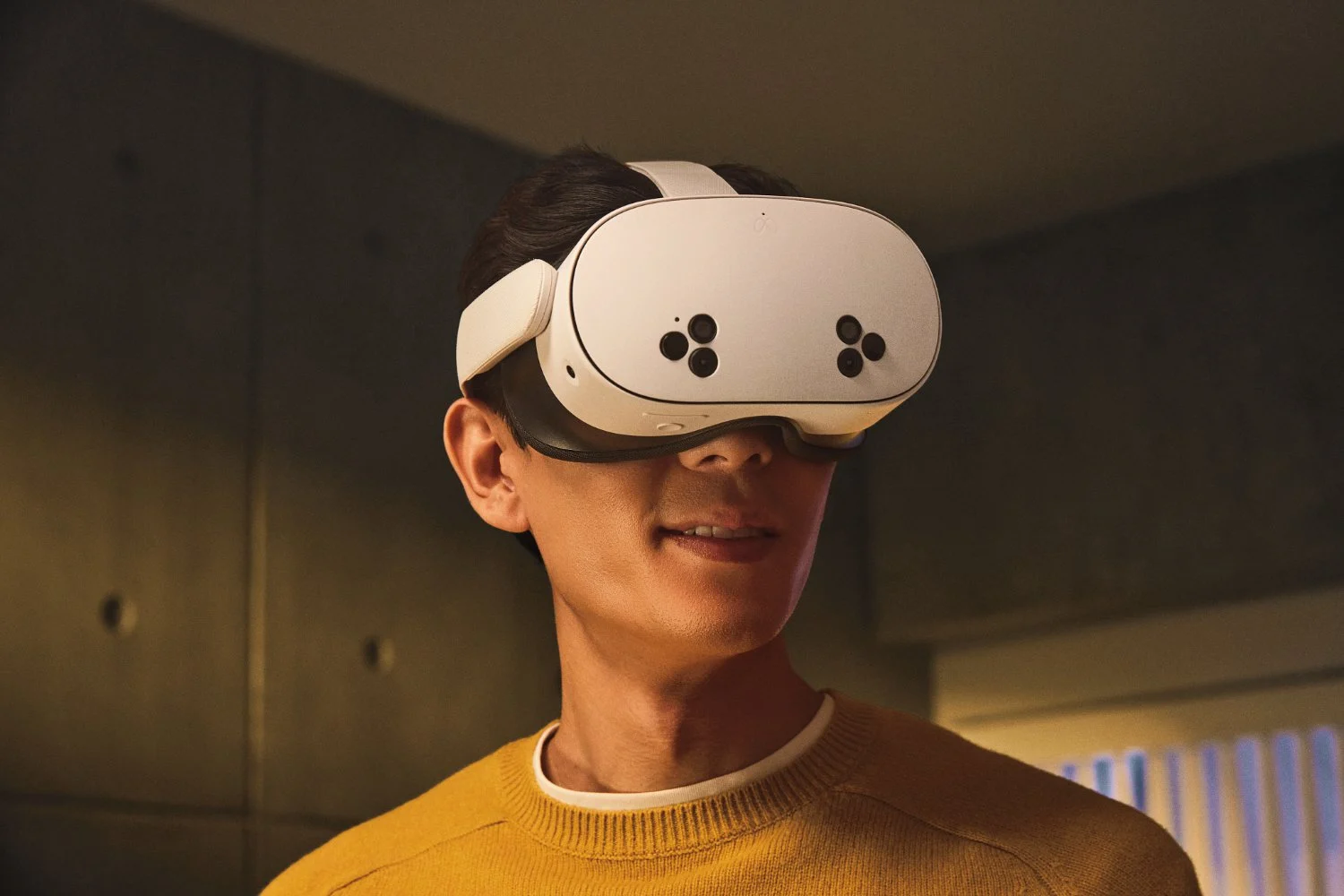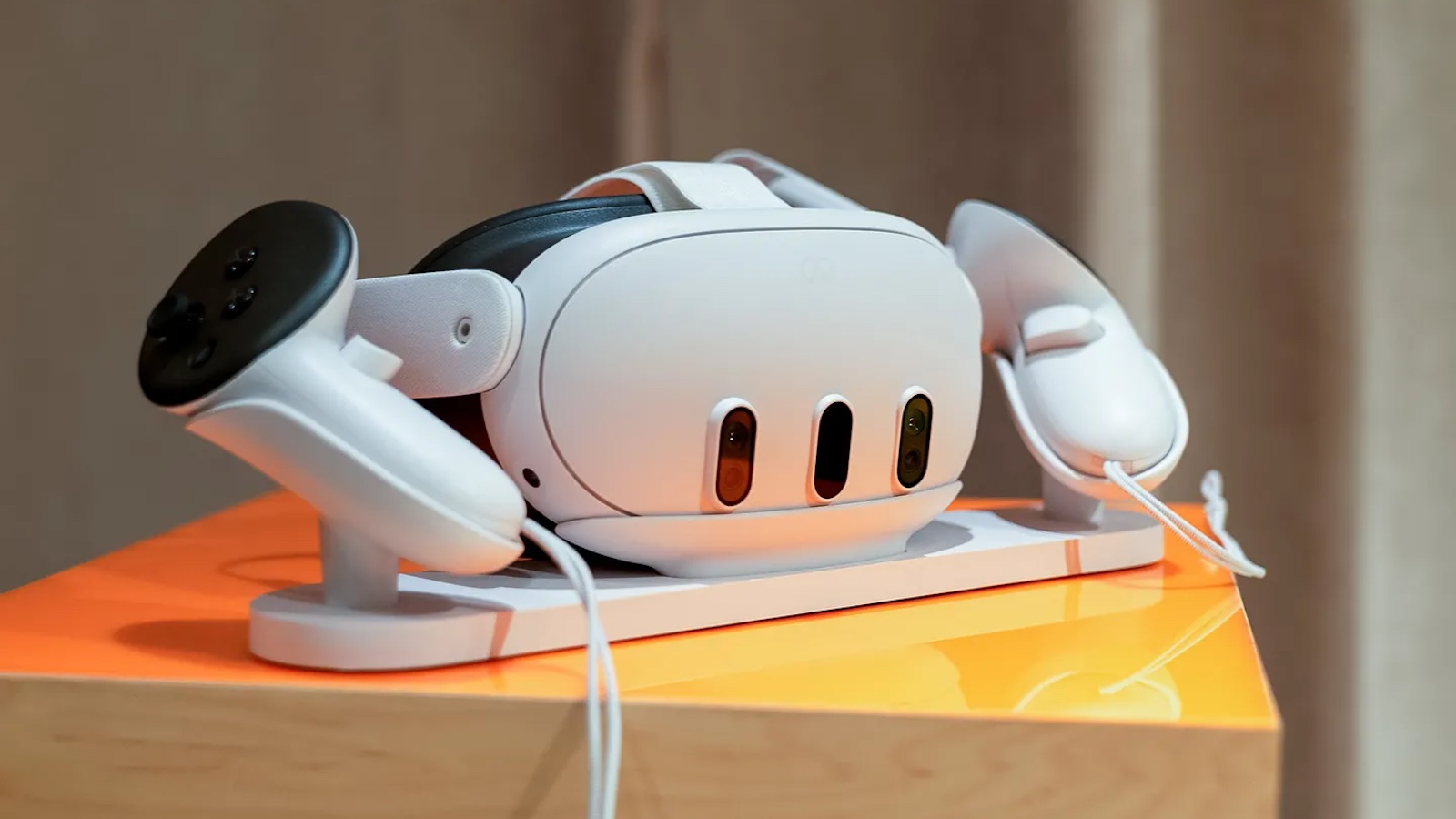In the swiftly evolving world of virtual reality, the Quest 3S by Meta stands out, promising a significant enhancement in low-light head and hand tracking capabilities compared to its predecessor, the Quest 3. As Meta’s latest iteration in the Quest series, the Quest 3S introduces advanced features that cater to avid VR enthusiasts and casual users alike, ensuring an uninterrupted experience even under suboptimal lighting conditions.

Unveiling Superior Tracking Technology
The distinction in performance between the Quest 3S and the Quest 3 becomes markedly noticeable in low-light environments—a setting where many VR headsets struggle. During a detailed hands-on review by UploadVR, a prominent VR-focused publication, it was discovered that the Quest 3S not only sustains tracking in total darkness but also exhibits less jitter and quicker initialization of hand tracking compared to the Quest 3.
In practical terms, this means that users can engage in their favourite VR activities with minimal disruption, even in dimly lit rooms or during nighttime. This is particularly beneficial for those who may not have the setup or desire to play in well-lit areas. The Quest 3S utilizes infrared illuminators positioned alongside its passthrough and tracking cameras, which act like floodlights for the infrared-sensitive cameras, allowing for a clearer view of the environment and user movements.

A Closer Look at Infrared Innovations
Meta’s strategic addition of infrared illuminators to the Quest 3S is a clever adaptation of technology that companies like Leap Motion (now Ultraleap) and Apple Vision Pro have used for years. These illuminators emit light invisible to the naked eye but are crucial for the VR headset’s cameras to detect precise hand and head positions in the dark.
This technological edge is something that the more expensive Quest 3 lacks. The Quest 3 includes an infrared depth projector intended for mixed reality applications, which doesn’t activate in low-light conditions as effectively as the simple yet robust illuminators of the Quest 3S. This feature alone sets the Quest 3S apart, showcasing Meta’s commitment to enhancing user experience across a variety of environmental conditions.

What Does This Mean for VR Users?
For current owners of Quest 3 or earlier models, the introduction of the Quest 3S presents a compelling upgrade, especially for those looking to use VR in less-than-ideal lighting. Moreover, the simplicity of adding external IR illuminators as used by some VR enthusiasts can also be a workaround for improving low-light tracking on older devices, but the Quest 3S integrates this solution out of the box, streamlining the user experience.
Final Thoughts and Expectations
While UploadVR’s full review of the Quest 3S is still forthcoming due to a delayed receipt of the review unit—one day before launch and after the embargo had expired—the initial findings are promising. The publication, recognized as the leading authority in VR news, notes the unexpected yet significant advantages of the Quest 3S over its predecessors, emphasizing its potential to reshape how and when VR can be enjoyed.

As more details emerge and further testing is conducted, the VR community eagerly anticipates a comprehensive evaluation that will likely confirm the Quest 3S as a superior choice for immersive technology enthusiasts seeking flexibility and performance in their VR experiences. In the meantime, the Quest 3S already appears poised to redefine the boundaries of virtual reality accessibility and enjoyment.









